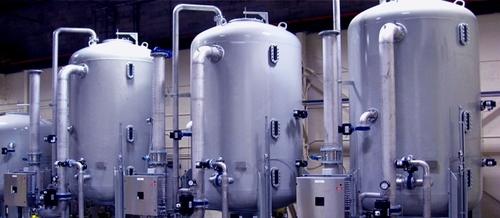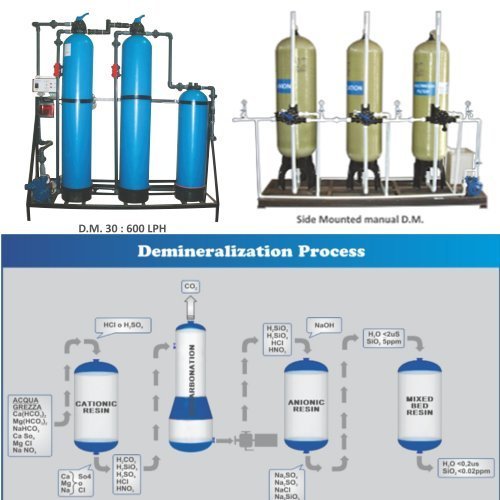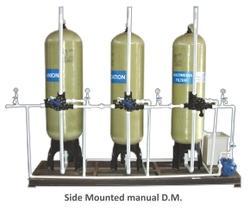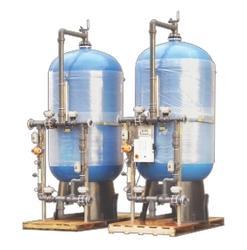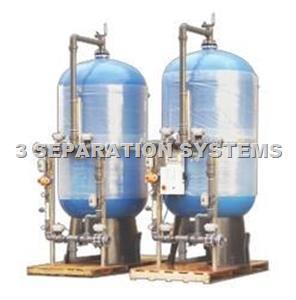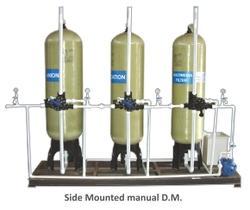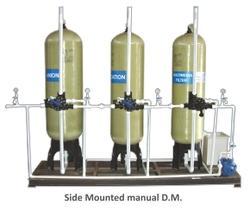3 SEPARATION SYSTEMS
Featured Products
Highest quality standards are achieved through the implementations of latest technology, decades of experience and everlasting moral values , which have helped us to retain our customers as well as multiply them.
Welcome to 3 SEPARATION SYSTEMS
Plating Bath Metal Recovery
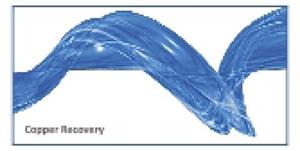
Chromic Acid Bath Purification
Chromic acid baths are used in metal working plants for plating and passivation of metal surfaces. A typical spent chromium plating bath contains about 300 g/L of chrmic acid and 25 g/L of Cu+2, Fe+3 and Cr+3 cause of the the dissolution of a small amount of the metal piece being plated results in high current densities, decreased bright range,increased tendency to burn, rough and pitted deposits. Even chromic baths used for aluminum are also can be treated cause they are having concentration of 100 g CrO3/L and 10 g Al2O3/L. This baths treated with ion exchange systems will have longer running life results in overall economic of the plant.
Chromic Acid Rinse Water Recycle
These rinse water contain about 20 to 200 ppm of chromates with metal impurities(Cu+2, Fe+3 and Cr+3) at 5 to 50 ppm levels. This chromic is recovered with ion exchange system to get it back to the main plating bath while effluents are converted into clean demineralized water which will be taken back to the rinsing tank.
Nickel & Copper Recovery
In all plating shops where Ni & Cu plating is carried out, these is wasted in terms of rinse and waste water. The concentration of these metals can be found in the ppm level to gms level for different industries in generally acidic forms. This are treated to take the metal back to the main plating bath.
Precious Metal Recovery
The high price of noble or precious metals such as gold, platinum and silver makes a high dent to the economic of such plants. Systems are very small and compact in design with high efficiency to reduce the leakage to ppt levels. The matal is then recoverd by incineration in powder form.
Spent Pickling Bath Purification
The hydrochloric acid used for the pickling process gets contaminated with Fe2+ and Zn2+ .At these chloride concentrations Zn2+ forms anionic complexe, ZnCl4. Iron(Fe2+) forms such complexes but at very high HCl concentrations (>9N) while Fe3+ forms such complexes at 1.5 N HCl. The purification process will be double benefit since it produces ferric chloride which can be used for waste water treatment and HCl is recovered for bath.
Our Vision
* To embrace new technologies and methods. * To give unsurpassed products and services to the clients. * To constantly look for improvement and changes.



